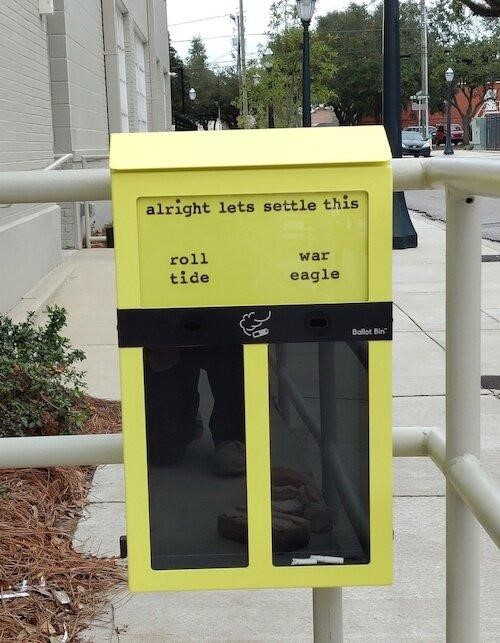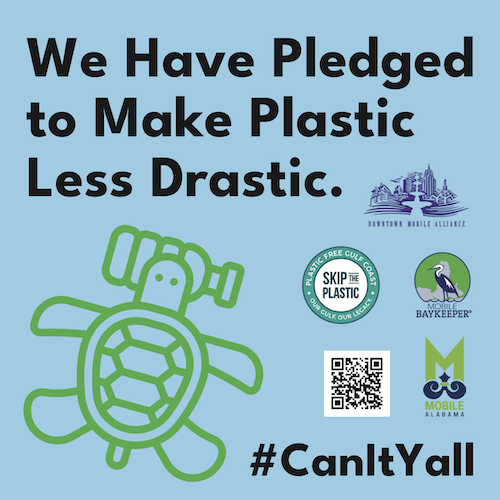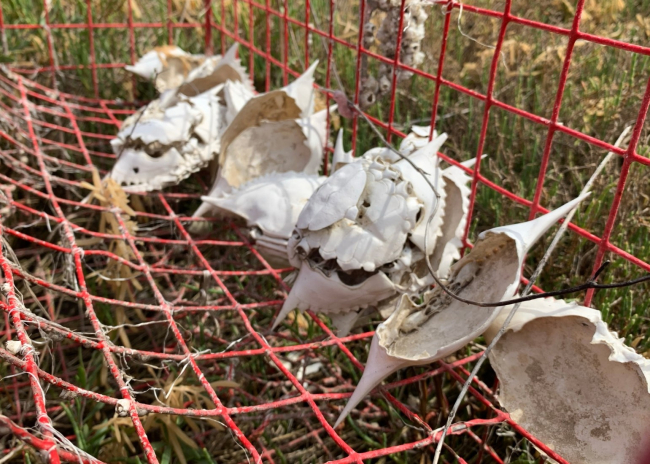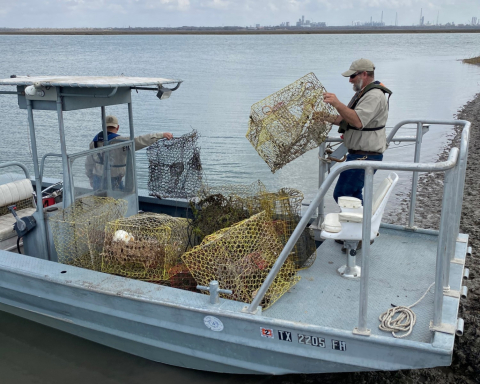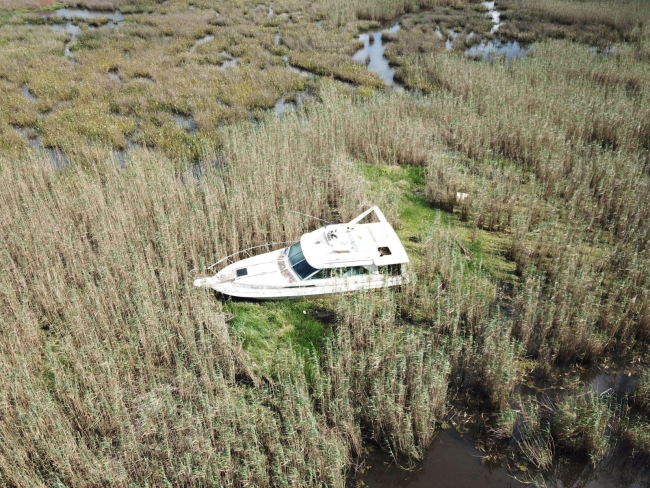Throughout the year, the NOAA Marine Debris Program will spotlight each region for an entire month. Keep an eye on our blog and social media to learn about exciting marine debris projects and initiatives throughout the country.
The Gulf of Mexico is a vast and productive body of water spanning 600,000 square miles with tremendous ecological, economic, and social value. The vast Gulf provides essential habitat for an amazing diversity of fish, whales, dolphins, and species of migratory, wading, and sea birds. The region also supports numerous sport and commercial fisheries that rely on healthy, thriving coastal waters. Unfortunately, marine debris impacts habitats, wildlife, and industries throughout the Gulf of Mexico. In order to address the issue of marine debris, from large hurricane debris to tiny microplastics, the region needs a comprehensive approach that brings together many partners.
In an effort to drive local change and unite businesses to prevent marine debris, Mobile Baykeeper, with the support of a NOAA Marine Debris Program prevention grant, is collaborating with Plastic Free Gulf Coast, the Downtown Mobile Alliance, and the City of Mobile in an initiative to reduce waste and promote local businesses. The Reduce the Use project has partnered with 18 local restaurants to go plastic-free, and another 178 Mobile businesses to participate in marine debris prevention behavior by reducing single-use plastics, educating customers, and installing public art.
Derelict fishing gear can be a major problem in the Gulf’s coastal waters where lost gear, such as crab traps, can damage sensitive habitats and continue to trap and kill fish and many other kinds of marine wildlife. In Texas, the Coastal Bend Bays & Estuaries Program, with support from a NOAA Marine Debris Program removal grant, is leading an effort to remove derelict crab traps from coastal bays and estuaries. The project is also tracking information about the recovered traps to better understand both the ecological and economic impacts they have on the region. Of the 2,254 traps removed so far, 42% of them contained non-target species, including sheepshead, flounder, and mullet.
Last month, a new project began in southeastern Mississippi to remove abandoned and sunken vessels and other large debris from the Pascagoula River watershed. Mississippi State University Coastal Research and Extension Center and partners are teaming up to clear large marine debris from the area in an effort to protect the thriving, yet delicate habitats that are susceptible to damage. The team will also monitor the recovery of the ecosystem over the next few years.
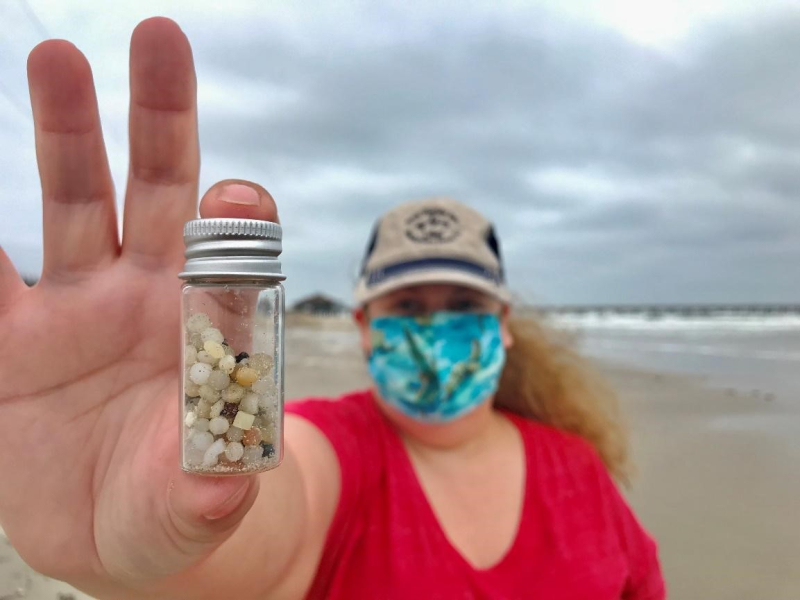
In coastal Texas, our partners at the University of Texas at Austin Marine Science Institute are focused on a much smaller kind of marine debris - the nurdle! Nurdles are the plastic pellets used as raw material in the manufacturing of plastic products. The Nurdle Patrol started as a grassroots effort by the University of Texas at Austin Marine Science Institute and numerous partners to standardize monitoring the amount of nurdles washing up on shorelines in coastal Texas. With support from the NOAA Marine Debris Program, they are expanding their efforts across the Gulf coast and into Mexico by partnering with Universidad Veracruzana. The expanded project plans to monitor new locations in Texas and Mexico, translate materials into Spanish, and add at least 100 new partners. To learn more about this effort stay tuned for a project blog coming later this month.
Addressing the issue of marine debris in the Gulf of Mexico takes a huge effort and commitment. We are grateful for all of our partners across the region and the amazing work they have done, and will continue to do, to protect their unique coastal waterways, shores, and waters from marine debris.

